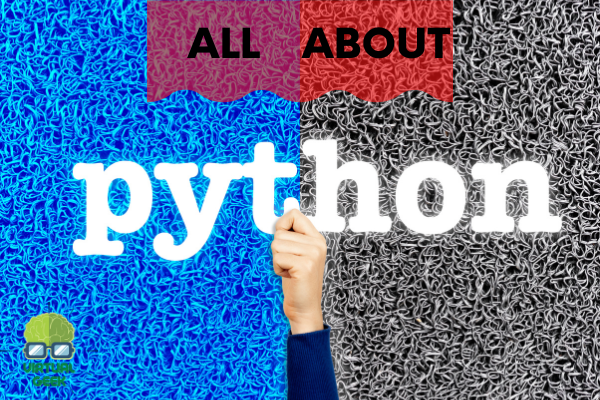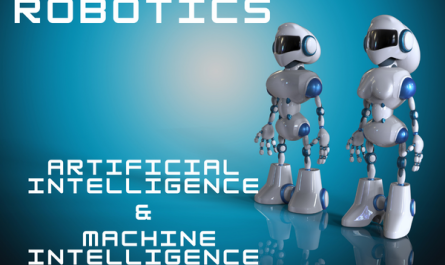Table of Contents
Python programming is a great way to learn to code. Let’s learn the most important of this programming language.
Python is a high-level, interpreted, general-purpose programming language, created on December 3, 1989, by Guido van Rossum, with a design philosophy entitled, “There’s only one way to do it, and that’s why it works.”
In the Python language, that means explicit is better than implicit. It also gives rise to the infamous Python telegraph pole analogy attributed to creator Guido van Rossum, which goes like this:
There is beauty in π, elegance in an all-numeric telephone keypad . . . I am attracted to the simpleness of a perfect poker face, and the serenity of perfect punctuation mark placement. Just as art to be appreciated, comments to be enjoyed, and data to be played with, I enjoy reading Python philosophy.
Python is a powerful programming language that is widely used in many industries today. Python is easy to learn for beginners and has many modules and libraries that allow for robust programming. In this introduction to Python programming, we will cover the basic concepts and features of Python. We will start with an overview of the Python language and then move on to discussing basic programming concepts such as variables, data types, control flow, and functions. After that, we will take a look at some of the most popular Python libraries and frameworks. By the end of this introduction, you will have a good understanding of the basics of Python and be able to start writing your own programs.
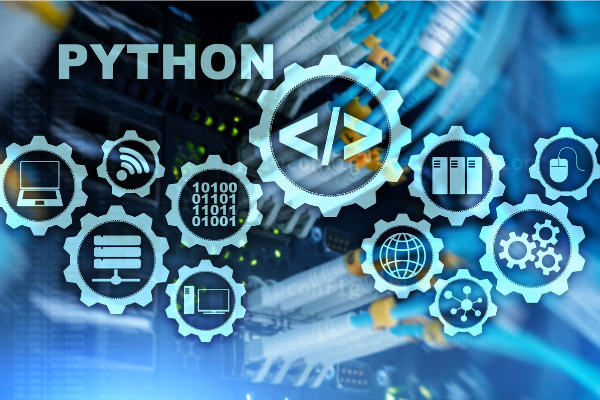
WHAT IS PROGRAMMING IN PYTHON
Python is a programming language with many features and characteristics. It was created by Guido van Rossum in 1991, and released to the public in 1994. Python is named after the Monty Python comedy troupe, and has an easy-to-use syntax which makes it very popular for beginners. It is also very powerful and versatile, making it a good choice for experienced programmers as well.
Python is an interpreted language, which means that it can be run without first compiling it into a machine language program. This is one of the reasons why Python is so popular for rapid prototyping and development. Python is also platform-independent, which means that it can be run on any operating system.
Python is free and open source software, released under the Python Software Foundation License. This means that anyone can use and distribute Python, and make changes to the source code. Python is also available for commercial use, under a license from the PSF.
Python is a high-level language, which means that it abstracts away many of the details of lower-level languages like C. This makes Python code easier to read and write, and also makes it less likely to produce errors. Python is also dynamically typed, which means that you don’t have to declare variables before using them.
Python is an object-oriented language, which means that it provides a way to structure code so that it is easy to reuse and extend. Python also has many standard libraries, which are collections of code that provide common functionality, and can be used without having to write your own code.
Python is a very versatile language, and can be used for many different tasks. For example, it is commonly used for web development, scientific computing, artificial intelligence, and system administration.
If you’re just starting out with Python, there are a few things you should know. First, you need to install Python on your computer. You can do this easily by downloading the latest version from the Python website.
Once you have Python installed, you need to choose an editor. A popular choice is IDLE, which is included with the Python installation. IDLE provides a basic graphical user interface that lets you write and run Python code.
Once you have an editor, you’re ready to start writing Python code. The best way to learn Python is to start with a simple program, and then gradually add more features.
Here’s a simple Python program that prints “Hello, world!”:
print(“Hello, world!”)
You can run this program by opening a command prompt, and then typing:
python hello.py
This will run the Python interpreter, and execute the code in the hello.py file.
Congratulations! You’ve just written your first Python program.
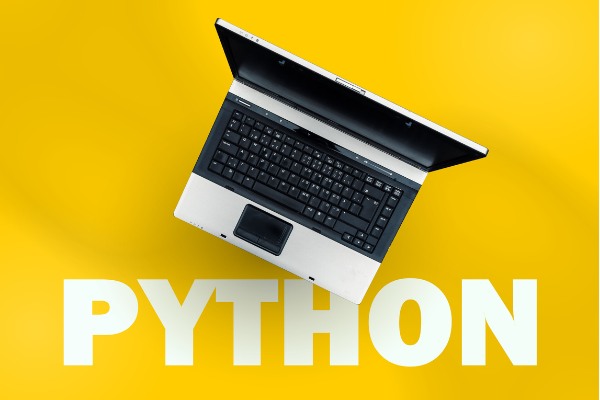
THE UTILITIES OF PROGRAMMING IN PYTHON
Python is a versatile language that you can use on the backend, frontend, or full stack of a web application. In the Python language, there is an emphasis on code readability, which in turn reduces the cost of program maintenance. Python also supports multiple programming paradigms, including functional, procedural, and object-oriented programming styles.
One of the primary benefits of programming in Python is its ease of use. The syntax of the Python language is designed to be intuitive and easy to read. This makes it a great language for beginners to learn, and it also cuts down on development time for experienced programmers. Python is also a very versatile language. It can be used for developing a wide range of applications, from simple scripts to complex machine learning models.
Python is a popular language for web development. It has a number of frameworks that can be used for developing web applications, such as Django and Flask. Python is also used in a number of major web sites, such as Google, Instagram, and Reddit.
Python is also used for scientific computing. The language has a number of powerful libraries for numerical computing, such as NumPy and pandas. Python is also used in a number of popular data science tools, such as Jupyter Notebook and Google Colaboratory.
Python is also used for creating desktop applications. The language has a number of powerful libraries for creating graphical user interfaces, such as PyQt5 and wxPython. Python is also used in a number of popular cross-platform applications, such as PyCharm and Spyder.
Python is also used for creating mobile applications. The language has a number of powerful libraries for creating cross-platform mobile applications, such as Kivy and BeeWare. Python is also used in a number of popular mobile games, such as Angry Birds and Clash of Clans.
Python is a versatile language that can be used for a wide range of applications. Whether you’re a beginner or an experienced programmer, Python is a great language to learn.
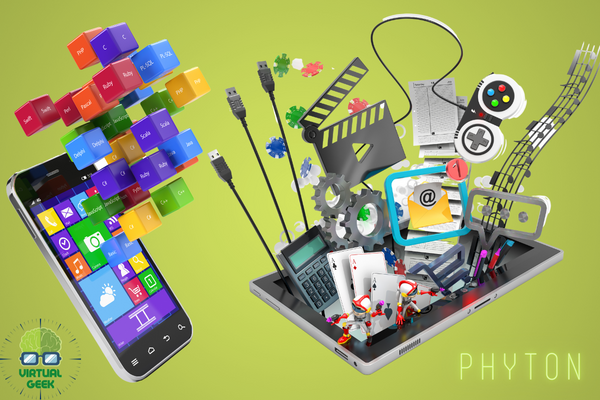
THE BASICS OF PYTHON PROGRAMMING
Python is a programming language with many characteristics, such as an intuitive syntax and powerful data structures, which can lead to efficient code. It’s no wonder that this, as well as experienced developers, are benefitting.
Don’t be intimidated by the thought of learning a new programming language. Python is actually relatively easy to learn. In fact, one of the reasons for its popularity is that it is considered to be relatively easy to read and write. Python is also relatively concise, which means that it takes less code to accomplish tasks than some other languages.
Before you can start coding in Python, you need to install it. The latest version of Python is 3.7.x, but there are still many people using Python 2.7.x. Once you have installed Python, you will need to choose an IDE (Integrated Development Environment). Some popular Python IDEs include PyCharm, Spyder, and Eclipse.
Once you have installed Python and chosen an IDE, you are ready to start coding! A great way to learn Python is to start by working through tutorials. The official Python website has a tutorial that will take you through the basics of the language.
Once you have a basic understanding of the language, you can start working on projects. A great way to find project ideas is to look at the top 50 most popular Python projects on GitHub.
Don’t forget to document your code! When you are working on a project, it is important to keep track of the dependencies (libraries that your code uses). The Python Package Index (PyPI) is a great place to find these dependencies.
Finally, when you are ready to share your project with the world, you will need to choose a license. The most popular license for Python projects is the MIT license.
With these basics in mind, you are ready to start coding in Python!

